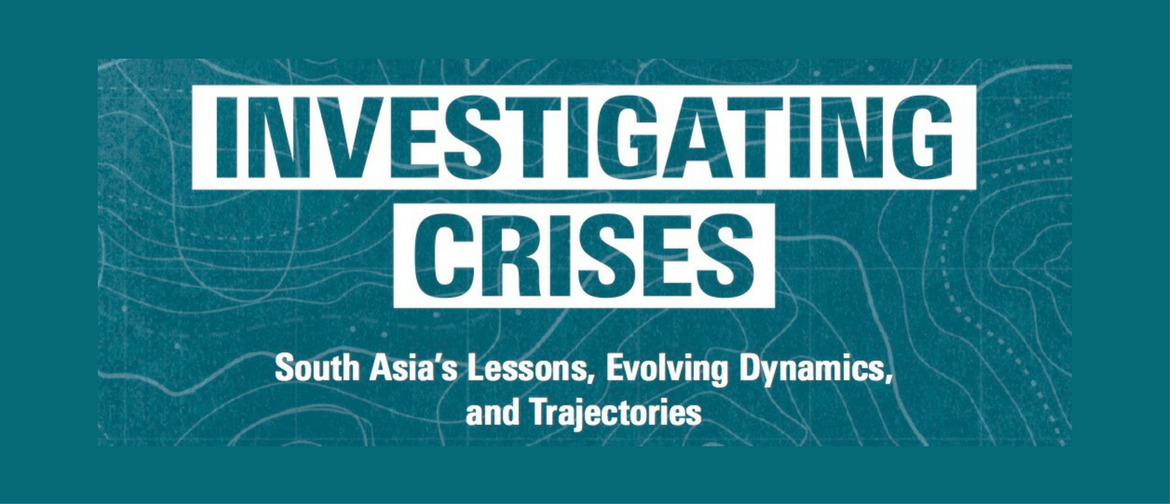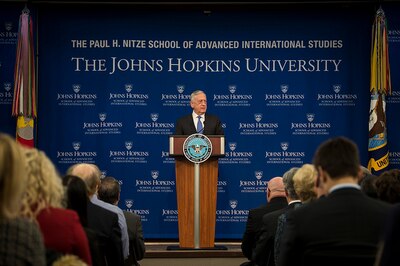By N. S. Venkataraman
More than six decades have gone after China forcibly entered Tibet and occupied the land and unjustifiably claimed that Tibet belongs to it. His Holiness the Dalai Lama had no alternative other than leaving Tibet with his disciples and he entered Indian territory on 31st March, 1959. When China occupied Tibet India led by the then Prime Minister Jawaharlal Nehru just kept watching and did nothing to stop China from its aggressive move. Obviously, Nehru was very friendly at that time with Chinese government and he did not want to upset China by commenting on China’s occupation of Tibet. While Nehru took such stand, there were many sane voices in India who felt concerned about the inaction of Jawaharlal Nehru and reminded him that he was doing historical mistake.










